Very interesting thread indeed!! I always noticed all the small differences between the seeds! I remember some day, I had all the seeds sprouted but I had lost the cards with the names, so I had to find out who was who just by looking at the seeds!! and to be honest, it was much more easier than what I expected!! LOL
But what about the leaves? Observing the leaves has been a method of trees and vegetables classification for ages, Im sure that with a detailed study and observation, there could be some notable differences between the various strains.
Lets look at this example, the "quercus" family, the differences between oak leaves:

Amazing right? Now Im quite sure that we can do something similar with the cannabis landraces. Im going to post some pictures i've found, but I think we can improve this observations in detail.
Afgan
 Colombian
Colombian
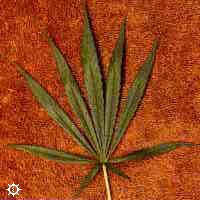
Nepal
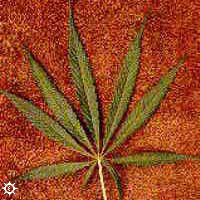 Oaxacan
Oaxacan
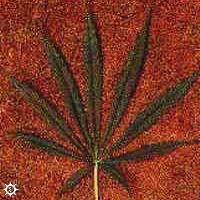
Thailand
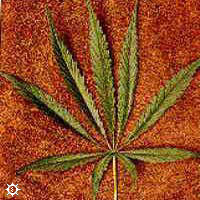 Durban
Durban
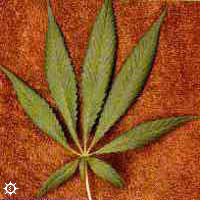
Last but not least, a tiny picture of some tiny young leaves of my plants... the amazing contrast between an uzbequistan landrace and a Thailandese Ko Chang one too:

Beautiful, isnt it?
But what about the leaves? Observing the leaves has been a method of trees and vegetables classification for ages, Im sure that with a detailed study and observation, there could be some notable differences between the various strains.
Lets look at this example, the "quercus" family, the differences between oak leaves:

Amazing right? Now Im quite sure that we can do something similar with the cannabis landraces. Im going to post some pictures i've found, but I think we can improve this observations in detail.
Afgan


Nepal


Thailand


Last but not least, a tiny picture of some tiny young leaves of my plants... the amazing contrast between an uzbequistan landrace and a Thailandese Ko Chang one too:
Beautiful, isnt it?










